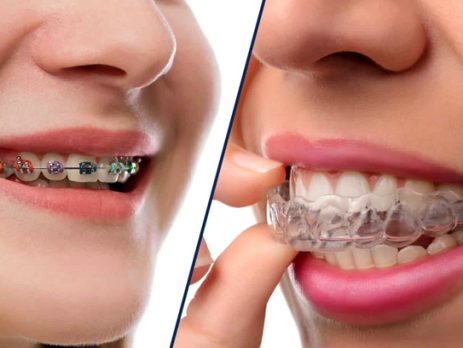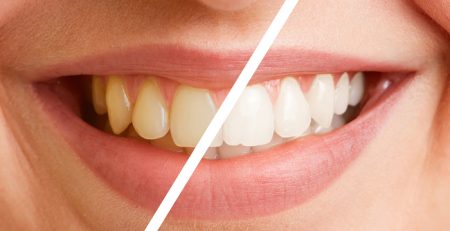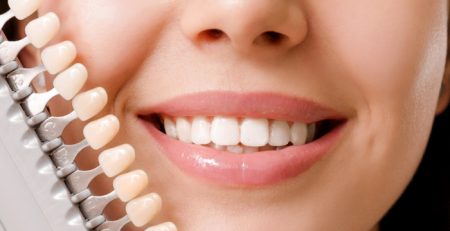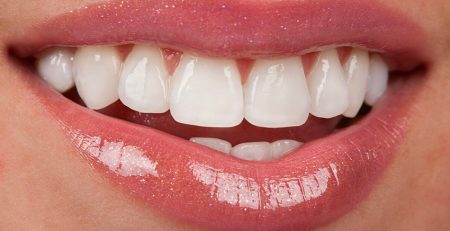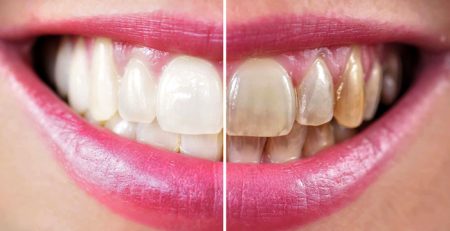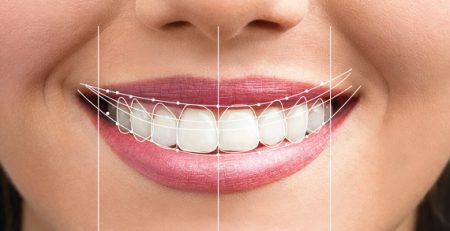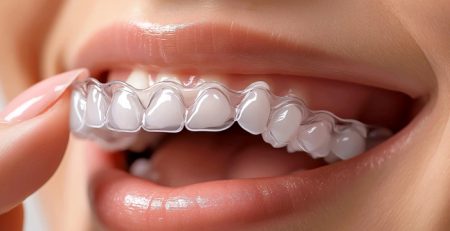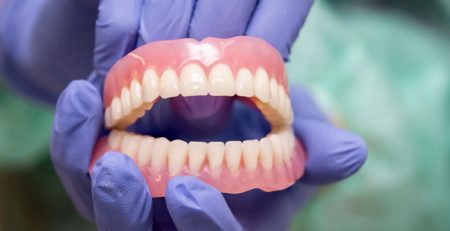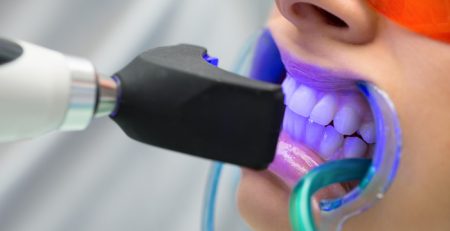Differences Between Invisalign Clear Aligners and Braces
Differences Between Invisalign Clear Aligners and Braces
Orthodontic treatment is crucial for correcting misaligned teeth, adjusting jaw structure, and improving overall oral health. Today, two popular methods stand out in orthodontics: Invisalign clear aligners and traditional braces. Although both offer effective results, they differ significantly in terms of aesthetics, comfort, and usability.
What Is Invisalign?
Invisalign is a transparent, removable aligner system used to gradually straighten teeth. These custom-made aligners are produced using computer-assisted 3D scans and are replaced every 1–2 weeks on average. Each new aligner shifts the teeth closer to their ideal position.
Advantages:
– Nearly invisible
– Removable design
– Can be taken out during meals or special occasions
– Easier to maintain oral hygiene
What Is Traditional Braces Treatment?
Traditional braces are a classic orthodontic method where metal or ceramic brackets are attached to the teeth and connected with wires. Brackets are fixed in place and cannot be removed throughout the treatment.
Advantages:
– Suitable for all age groups
– More effective in severe dental and jaw misalignments
– Constantly monitored by the orthodontist
Key Differences Between Invisalign and Braces
1. Aesthetic Appearance
Invisalign: Due to its transparent design, it is barely noticeable. Ideal for individuals with aesthetic concerns.
Braces: Metal brackets are highly visible. Ceramic braces are more aesthetic but still not completely invisible.
2. Comfort and Ease of Use
Invisalign: Smooth surface prevents irritation to lips and inner cheeks. Pressure on the teeth feels gentler.
Braces: Brackets and wires may cause discomfort or sores. Sensitivity is common after installation and adjustments.
3. Removability
Invisalign: Can be easily removed when needed, which makes eating and brushing easier.
Braces: Fixed in place for the entire treatment. Extra care is needed while eating.
4. Oral and Dental Hygiene
Invisalign: Easier to brush and floss since aligners can be removed.
Braces: Food particles may get trapped between brackets, making cleaning more difficult.
5. Treatment Duration
Invisalign: Effective in mild to moderate cases, typically 6–18 months.
Braces: Usually takes between 18 months and 3 years depending on severity.
6. Cost
Invisalign: Generally more expensive due to advanced technology and custom design.
Braces: Metal braces are more budget-friendly. Ceramic and lingual braces can be more costly.
7. Applicability
Invisalign: Best suited for mild to moderate misalignments. May be insufficient for complex cases.
Braces: Suitable for all orthodontic problems, especially effective in jaw shifts and severe misalignments.
Which Treatment Is Right for You?
When choosing between Invisalign and traditional braces, consider the following factors:
– If appearance is a priority and your condition is mild, Invisalign may be more suitable.
– For more complex dental or jaw problems, or if budget is a major factor, traditional braces may be a better choice.
– Our specialist will assess your oral structure and recommend the most appropriate treatment for your needs.
Both Treatments Are Effective — The Choice Is Yours and Your Dentist’s
Both Invisalign and traditional braces help achieve a functional and aesthetic smile by bringing your teeth to their ideal position. The key is to choose the option that best fits your lifestyle, budget, and treatment needs.
Dental health is a lifelong investment. Don’t delay — we’re here to welcome you with a cup of coffee and a personalized treatment plan tailored to you.

